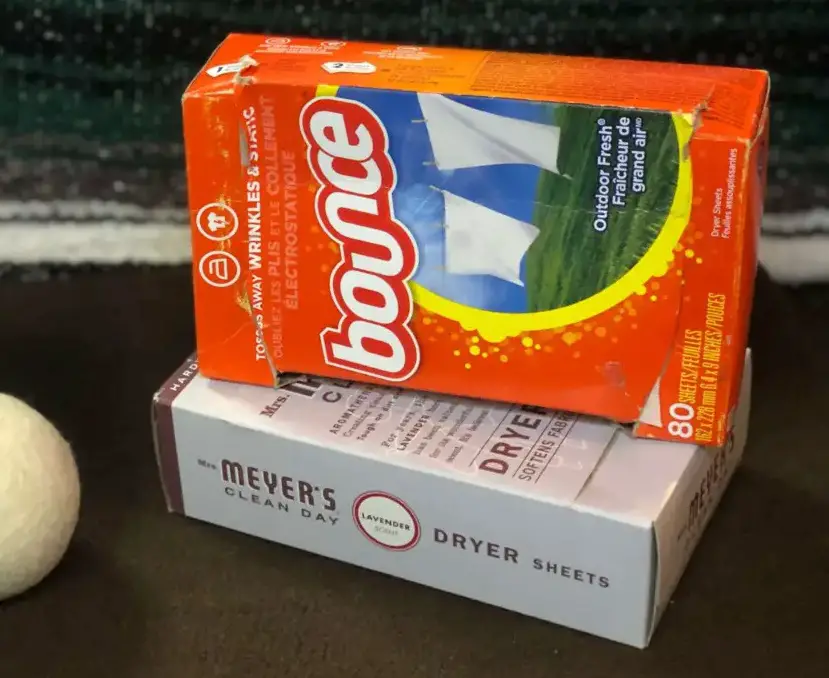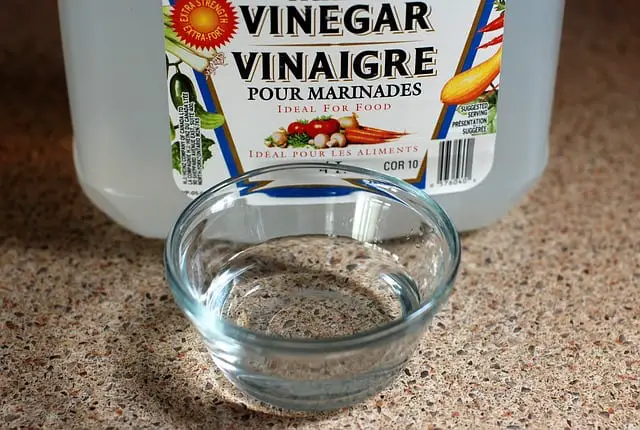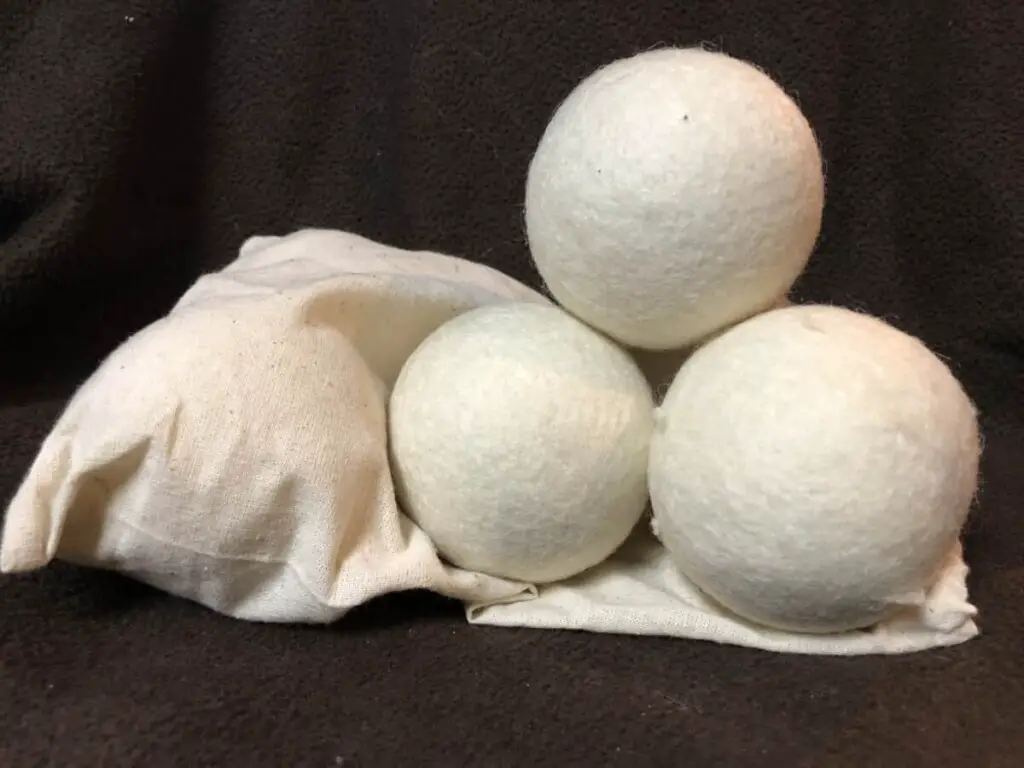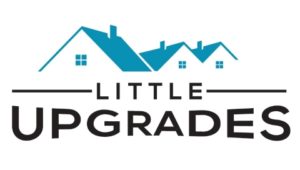There are a variety of reasons you might consider skipping dryer sheets, from helping your clothes last longer to avoiding potential skin irritation. But, can you even do that or are dryer sheets necessary?
Dryer sheets are not necessary. Dryer sheets do provide some benefits, such as reduced static and added scents. However, dryer sheets are not necessary and can have disadvantages. Alternatives to dryer sheets include dryer balls, vinegar, aluminum foil, and homemade dryer sheets.
If you’re like me, you probably started using dryer sheets when you first learned to do laundry. Since then, I’ve stopped using dryer sheets entirely and now we use dryer balls instead. Keep reading to see if ditching the dryer sheets makes sense for you too.
Table of Contents
Are Dryer Sheets Necessary?

As I mentioned earlier, dryer sheets are not necessary for your laundry.
Many people don’t like how their laundry feels or smells without using dryer sheets, but nothing catastrophic will happen if you don’t use dryer sheets in your laundry. However, some people won’t use dryer sheets for a variety of reasons.
But, before we get into all that, we need some background information. So, let’s talk about what dryer sheets are.
What Do Dryer Sheets Do?
Dryer sheets are thin, square pieces of polyester fabric that are embedded with a fabric softener material. They typically have a pleasant fragrance, such as lavender or a spring meadow.
The primary purpose of dryer sheets is to prevent the inevitable buildup of static to the fabric throughout the drying process and to make your clothes smell nice.
Because of the subtle wax coating on the sheets, they also help reduce fabric wrinkles as they toss and tumble in the dryer. Fewer wrinkles and static also mean that clothing is softer and less clingy against the skin.
For these reasons, many feel that dryer sheets are something they can’t live without. But, the benefits gained from dryer sheets can be gained using other methods, we’ll talk about that later. First, let’s talk about reasons why you may or may not want to use dryer sheets..
Pros of Using Dryer Sheets

When you’re figuring something out, or considering making a change, there’s nothing like a good ol’ pros and cons list. So here’s a brief one for dryer sheets:
1. Soften Fabric
Dryer sheets soften clothing by coating your clothes in fabric softener in the dryer. This method of softening clothes is extremely effective.
The dryer sheets are coated with a waxy fabric softener which is a solid when on the sheet. Once the dryer sheet is put in the dryer and exposed to the heat, this fabric softener evaporates and then gets spread around and on the items in the dryer while it tumbles.
This is similar to how liquid fabric softener works in the wash cycle of your washing machine.
2. Reduce Static Cling
One of the main reasons people want to use dryer sheets is to reduce that annoying static cling. But how do they do it?
In short, it’s because dryer sheets are made of polyester.
Having a different type of fabric, such as polyester, in the dryer with your clothes is one of the things that decreases static cling. Some of the chemicals on dryer sheets also help with static cling.
You can replicate this effect by drying many different types of fabric all together or by adding a ball of aluminum foil to your dryer. I’ll talk more about that later.
3. Fresh Smell
Let’s be honest, nothing is better than a warm fresh-smelling load of laundry. It makes you just want to bury yourself in it.
Dryer sheets have a fresh scent in the coating on the sheet that releases in the dryer when the sheet gets heated up.
4. Prevent Wrinkles
Last but not least, some dryer sheets have chemicals that help prevent wrinkles as well.
When the sheet gets heated in the dryer and the clothes inside get coated in this solution, it helps prevent wrinkles on easily wrinkled clothing.
That doesn’t mean it won’t be wrinkly if you leave it rumpled in the dryer for a few hours, but it will help clothes be wrinkle free when you take thme out of the dryer relatively quickly.
You might be able to think of a few more benefits, but these are the big ones. Now, let’s look at the cons.
Cons of Dryer Sheets
1. Contain Chemicals
As we learned when we talked about how dryer sheets worked, dryer sheets are coated with chemicals that get released when the sheet heats up. These chemicals make the clothing softer and release scents.
However, these harmful chemicals could irritate certain human health conditions such as upper respiratory issues or irritate sensitive skin which is next on our list of cons.
2. Skin Irritation
As I just mentioned, the softening agent contained in dryer sheets can irritate those with sensitive skin or other skin issues which, in severe cases, can cause skin rashes.
If you or someone in your household has sensitive skin or reacts to dryer sheets, then now is an excellent time to explore some alternatives to dryer sheets.
3. Reduces Absorbency of Fabrics
Because the dryer sheets soften fabrics by coating them in fabric softener, skip the dryer sheets when drying towels or microfiber cloths.
The coating can give towels a slippery, greasy finish which means they won’t dry as well as they should. This is not ideal since a towel’s primary purpose is to absorb moisture.
This waxy substance can also coat the inside of your dryer and even get into dryer vents. This could decrease the drying efficiency of your dryer.
To test to see if your dryer vent is coated, take out your lint trap and clean the lint off. Then run it under water. If the water runs through easily then you’re good to go, if it doesn’t run through at all or even partially then your dryer vent is coated in this waxy stuff.
Don’t panic, just give your lint filter a gentle scrub with hot water and dish soap. This should remove any remaining wax. Run it under water again to make it runs freely, let your lint trap dry and you’re good to go.
If you’re noticing that your dryer is not drying clothes completely or as quickly as it used, this might be the problem. Give it a try!
4. Reduces a Fabric’s Wicking Ability
Similar to the way they counteract a towel’s absorbency, dryer sheets can adversely affect athletic clothing.
Athletic clothing items are made to wick away moisture from the body, so exposing them to the greasy coating on a dryer sheet will weaken their sweat-wicking capabilities.
The same can also be said for diapers and wool fabric or anything else that is meant to absorb or has moisture wicking abilities.
With these pros and cons in mind, let’s discuss some alternatives to dryer sheets so you can decide if dryer sheets are still a good option for you.
Alternatives to Dryer Sheets

There are several alternatives to dryer sheets that perform similar functions. You could use them all separately depending on what benefits you’re looking for, or you could use them all together and get ALL the benefits.
Here’s a quick summary of options to consider.
Vinegar
Depending on the wash size, add roughly 1/4 to a 1/2 cup of vinegar to a damp washcloth and then place it in the dryer with your clothes.
Adding vinegar to your dryer will do two things for you.
First, vinegar will break down and remove detergent residue and hard water minerals from your clothes which helps soften them.
Second, vinegar is a deodorizer and will make sure your clothes aren’t smelling like stale sweat.
To get the added bonus of reducing static cling, you could find polyester fabric or a polyester blend to soak in vinegar and add to your laundry loads.
This is a quick and cheap way to get some of the benefits of dryer sheets without the other cons associated with them. Just make sure you don’t add too much vinegar or your clothes could end up smelling like it!
Dryer Balls

I’ve been using dryer balls for quite a while and they are a great alternative to dryer sheets but what are they?
Wool dryer balls are felted wool balls that bounce around inside your dryer with your clothes.
They soften clothing, decrease drying time, reduce static, and can even add scents. These are just a few of the benefits of dryer balls but it’s certainly not an all-inclusive list.
These are a pretty easy items to add to your laundry routine and they’re fairly cheap. If you’re crafty, you can even make your own!
Aluminum Foil
Take approximately one sheet of aluminum foil, crumple it up into a ball, and then place it in the dryer before the drying cycle begins.
This bundle of aluminum will decrease static by collecting all the static electricity and then discharging it when it hits the side of the dryer. For the best results, add two or three of the balls.
Don’t worry though, it won’t damage your dryer at all, your dryer just gets a quick jolt of static just like you would if you rubbed your feet on the carpet.
If this doesn’t get rid of the static, you can also air dry your clothes on a clothesline, or drying rack, or just hang it in the bathroom if you have limited space.
Reusable/Homemade Dryer Sheets
Last but not least, you could make your own homemade dryer sheets.
Here is a great article from The Spruce that shows you how to make your own reusable dryer sheets by using squares of fabric, vinegar, and essential oils.
Add one of these with a few balls of aluminum foil or dryer balls, and you just eliminated the toxic chemicals of conventional dryer sheets and reduced your environmental impact at the same time.
It’s a win-win all around!
Related Questions
What Should I Use Instead of Dryer Sheets?
You can use reusable wool dryer balls, vinegar, aluminum foil, or make your own homemade reusable dryer sheets. These things will give you all the benefits of conventional dryer sheets without the chemical coating that dryer sheets add to your clothing.
Do Wool Dryer Balls Cause More Lint?
Natural wool dryer balls may cause a small amount of lint in your laundry but this will typically not happen until the dryer balls begin to wear out. If you notice your dryer balls are leaving lint in your laundry, you can ‘recharge’ them which could help. Check out my post here to learn how to recharge your wool dryer balls.
How Many Dryer Balls Do You Use at a Time?
In general, you should use anywhere between 3-5 dryer balls per load. The number of dryer balls you need will vary based on the size of your load of laundry and the size of your dryer. Larger loads and dryers should have more dryer balls and smaller loads and dryers should have less.
